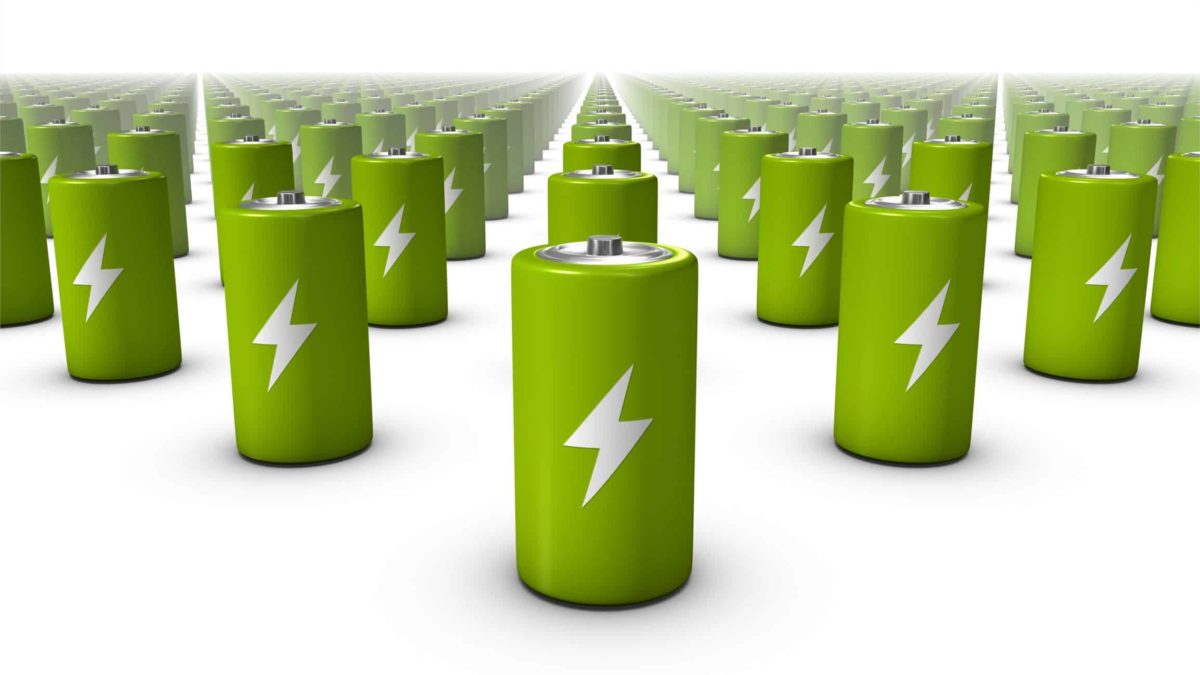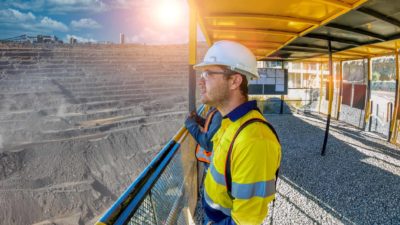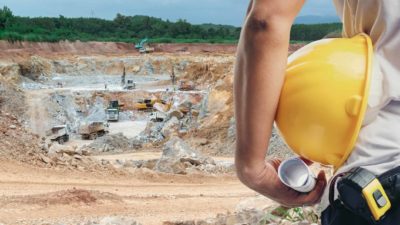The International Monetary Fund (IMF) is predicting lithium prices will be in for a good run over the coming decades, and ASX shares might bask in the benefits.
As The Motley Fool Australia reported yesterday, the price of lithium is already near all-time highs. But, according to the international financial institution, it's likely about to go higher.
The IMF has released its predictions for the future of 4 metals critical to renewable technology; copper, nickel, cobalt, and lithium.
On the back of the report, some market watchers might want to keep an eye on the big players in the ASX lithium sector. Such giants include Orocobre Limited (ASX: ORE) and Pilbara Minerals Ltd (ASX: PLS).
Additionally, smaller lithium producers such as Piedmont Lithium Inc (ASX: PLL) and Core Lithium Ltd (ASX: CXO) might be in for a productive few decades.
Let's take a closer look at what the IMF has to say.
Is the future green for ASX lithium shares?
According to the IMF's World Economic Outlook, demand for lithium and cobalt is set to soar if the world follows the International Energy Agency's (IEA) net-zero by 2050 emissions scenario.
The IMF's report states:
In the IEA's Net Zero by 2050 emissions scenario, total consumption of lithium and cobalt rises by a factor of more than six, driven by clean energy demand…
Prices [of critical metals] would reach historical peaks for an unprecedented, sustained period under the Net Zero by 2050 emissions scenario. The prices of cobalt, lithium, and nickel would rise several hundred percent from 2020 levels.
In fact, the IMF estimates that, under the 2050 scenario, the cumulated real revenue from the global production of lithium would rise from US$18 billion in 2021 to US$1,170 billion in 2040.
Currently, most of the world's lithium is produced in Australia, while only Chile's reserves outstrip those of Australia.
Further, it takes less time to get a lithium project up and running than those of other metals. That means lithium can react faster to the market's shifting demands.
However, the IMF predicts critical metal prices will peak in the 2030s as renewable technology is implemented. Demand for critical metals is expected to wane after such infrastructure is built.
Additionally, the IMF warned surging prices of critical metals could hamper the global shift to net zero. It stated in its report:
A credible, globally coordinated climate policy; high environmental, social, labour, and governance standards; and reduced trade barriers and export restrictions would allow markets to operate efficiently, directing investment to sufficiently expand metal supply — thus avoiding unnecessarily increasing the cost of low-carbon technologies and supporting the clean energy transition.









